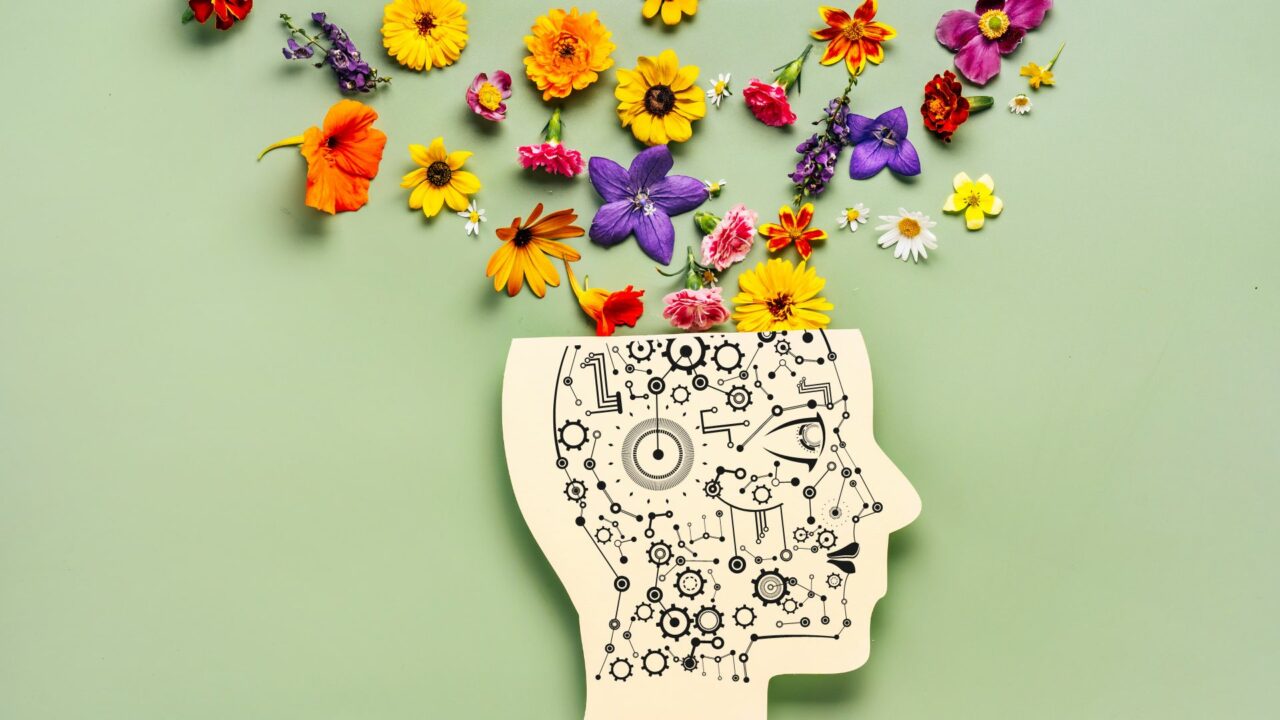Introduction
In an era where technology is revolutionizing healthcare, the treatment and management of migraines and mental health conditions are undergoing a transformative shift. Migraines, affecting over 1 billion people worldwide, are not just severe headaches but complex neurological disorders often linked with mental health issues like anxiety, depression, and stress. Traditional treatments, while effective for some, often fall short due to variability in patient responses.
The future of migraine and mental health care lies in technology-driven solutions—artificial intelligence (AI), wearable devices, telemedicine, virtual reality (VR), and personalized medicine. These innovations promise better diagnosis, real-time monitoring, and more effective treatments, improving the quality of life for millions.
1. AI and Machine Learning in Migraine & Mental Health Prediction
Artificial intelligence is transforming how migraines and mental health disorders are diagnosed and managed. AI-powered algorithms analyze patient history, genetic data, and environmental triggers to predict migraine attacks before they occur.
- Predictive Analytics: AI models process data from wearables (e.g., heart rate, sleep patterns, stress levels) to forecast migraine episodes, allowing preemptive treatment.
- Personalized Treatment Plans: Machine learning tailors medication and therapy recommendations based on individual responses, reducing trial-and-error approaches.
- Mental Health Chatbots: AI-driven chatbots like Woebot and Wysa provide cognitive behavioral therapy (CBT), helping users manage anxiety and depression linked with chronic migraines.
2. Wearable Technology for Real-Time Monitoring
Wearable devices are becoming essential tools for migraine and mental health management. These gadgets track physiological changes, offering real-time insights into potential triggers.
- EEG Headbands (e.g., Muse, Emotiv): Monitor brainwave activity to detect early signs of migraines or stress.
- Smartwatches (Apple Watch, Fitbit): Track heart rate variability (HRV), sleep quality, and stress indicators that may precede a migraine.
- Cefaly Device: An FDA-approved wearable that uses electrical stimulation to prevent and treat migraines.
Future wearables may integrate nanosensors to detect biochemical changes linked with migraines, such as serotonin fluctuations.
3. Telemedicine and Remote Care
The rise of telemedicine has made migraine and mental health care more accessible, especially for those in remote areas.
- Virtual Consultations: Neurologists and psychiatrists can diagnose and adjust treatments via video calls.
- Remote Monitoring: Doctors track patient-reported symptoms and wearable data to optimize therapy without in-person visits.
- Digital Therapeutics: Apps like Migraine Buddy help users log attacks, identify triggers, and share data with healthcare providers.
4. Virtual Reality (VR) for Pain and Stress Management
Virtual reality is emerging as a non-pharmacological treatment for migraines and mental health.
- VR Relaxation Therapy: Immersive environments reduce stress, a major migraine trigger. Studies show VR can lower pain perception by distracting the brain.
- Biofeedback VR: Combines relaxation techniques with real-time physiological monitoring to teach users how to control stress responses.
- Exposure Therapy for Anxiety: VR helps patients confront and manage anxiety-inducing scenarios in a controlled setting.
5. Neuromodulation and Brain Stimulation Technologies
Neuromodulation techniques, which alter nerve activity, are gaining traction in migraine and mental health treatment.
- Transcranial Magnetic Stimulation (TMS): Used for migraine prevention and treatment-resistant depression.
- Vagus Nerve Stimulation (VNS): Reduces migraine frequency and improves mood regulation.
- Non-Invasive Trigeminal Nerve Stimulation (nTNS): Devices like GammaCore provide drug-free migraine relief.
Future advancements may include closed-loop systems that automatically detect and counteract migraine signals in the brain.
6. Personalized Medicine: Genomics and Biologics
No two migraines are the same, and personalized medicine is paving the way for tailored treatments.
- Genetic Testing: Identifies mutations linked to migraines (e.g., CGRP gene variants), helping doctors prescribe targeted therapies.
- CGRP Inhibitors (e.g., Aimovig, Emgality): Biologic drugs that block migraine-triggering proteins, offering relief for chronic sufferers.
- Microbiome Analysis: Gut-brain axis research may lead to probiotic treatments for migraines and mood disorders.
7. Digital Mental Health Platforms
Mental health is deeply intertwined with migraines, and digital platforms are bridging the gap in care.
- Mindfulness Apps (Headspace, Calm): Reduce stress, a common migraine trigger.
- Therapy Apps (BetterHelp, Talkspace): Provide on-demand counseling for anxiety and depression.
- AI-Powered Mood Trackers: Analyze speech and typing patterns to detect mental health declines.
8. The Role of Big Data and Blockchain in Migraine Care
- Big Data Analytics: Aggregates global migraine data to identify trends, improving public health strategies.
- Blockchain for Secure Health Records: Ensures patient data privacy while allowing seamless sharing between specialists.
Challenges and Ethical Considerations
Despite the promise, technology-driven care faces hurdles:
- Data Privacy: Ensuring sensitive health data is secure.
- Accessibility: High costs may limit access to advanced treatments.
- Over-Reliance on Tech: Balancing digital tools with human medical judgment.
Conclusion
The future of migraine and mental health care is bright and technology-driven. From AI-powered predictions to VR therapy and personalized medicine, these innovations promise more precise, accessible, and effective treatments. As research advances, we move closer to a world where migraines and mental health disorders are not just managed but prevented.
Embracing these technologies requires collaboration between doctors, researchers, and tech developers—ensuring that the digital revolution in healthcare truly benefits those who need it most.
Final Thought:
“The best healthcare doesn’t just treat disease—it anticipates, personalizes, and empowers. In migraines and mental health, technology is making that future a reality.”
